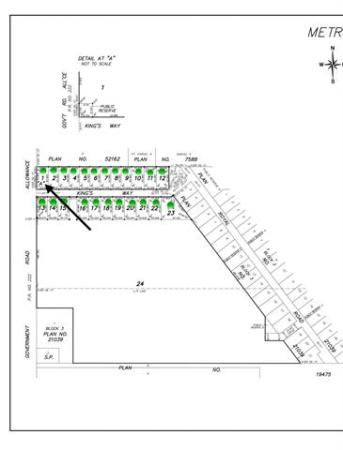Question: We have a sow bug problem in our basement. We never had an insect issue until a contractor who was renovating our home ruptured a water line, which sent water under a built-in cedar closet downstairs. They used large fans to dry up visible water, but there still would have been moisture behind baseboards and other areas. It is now 10 years later and these insects still annoy us and are prevalent in those areas. They are more prevalent in the winter. I spray around the baseboards in the area in which they reside.
Is there any way we can eliminate them without removing the cedar closet?
— Thanks, Gordon Kehler
Answer: There are many issues which arise in our homes that are minor, but still warrant out attention. Often, these are related to a pest intrusion that should be nipped in the bud before it becomes a health or other concern. Your sow bug issue does not fall into that category and you should learn to live with the minor inconvenience, rather than spend significant time or money pursuing a solution.
Too often our homes are subject to invasion from a pest that we would rather not have around. Quite a few of these are various species of insects that either crawl, creep or fly into our castle. Once inside, these small critters can propagate and multiply, often to large numbers before we get a handle on how to control them. In some cases, they are laying eggs inside small cavities, walls and ceilings, or other hidden areas. Some, like bees, wasps, hornets and other stinging insects can be a health or safety concern, especially for small children or others allergic to their bites.
For those type of flying insects, it may be critical to locate their nest or hive, eliminate it and seal any and all openings where they may have gained entry. Often, professional exterminators may be required to complete the task. In other more minor cases, they can be eliminated by homeowners who take proper safety precautions and use readily available pesticides. The key to getting rid of any insect infestation is to find their point of egress and shut it. This may require replacement of rotten wood, plugging small holes or repairing damaged building materials that have been breached. Unfortunately, there are some creepy crawlies that just won’t go away once inside our home.
The small pill-shaped sow bugs that you are noting are quite prolific and difficult to eliminate. They like to reproduce in small, hidden areas, particularly in cooler, damp basements. They are often found behind insulated walls inside the foundation, under subfloors, floor drains, or other invisible hiding spots. They also gravitate to areas where there is moisture, either significant or minimal. That is likely why you have seen increased numbers since your flooding incident. Fortunately, these little bugs are quite harmless. They don’t bite, leave little debris behind and simply dry out and only leave small carcasses when they expire. For that reason, there may be little to worry about and putting any serious effort into eliminating them may be futile.
My advice may seem odd, but if you think about where these slow-moving insects congregate, it should make sense. Once you have walls or subfloors installed in your basement, there will be small gaps or spaces behind these surfaces. Because warm air can get trapped in these areas, usually adjacent to cool concrete surfaces, condensation is likely. If this occurs, it provides is the ideal cool, moist area for the sow bugs to reproduce. To eliminate this, you may have to tear apart significant areas of the floor or walls, which may be in otherwise good condition, to locate the spaces and spray or remove the bugs. In my opinion, that is not warranted for a few nuisance pests crawling on the floor or wall.
If there is an area in the basement that has significant amounts of moisture, then remediation may be called for. If you think there is wet insulation or rotten wood behind the walls or floor where the flooding occurred, more investigation should be done. Cutting small holes or openings to look behind these areas, and smell for the possible presence of mould, should yield some answers. Probing any suspected areas with a flat screwdriver or scratch awl should reveal if they are rotten. If either of these investigative procedures reveals moisture damage, then removing more material may be required to prevent further rot and mould growth. Finding a situation like that would certainly answer your question about where the bugs are coming from and removal of damaged building materials and replacement should also help prevent a return.
Finding several tiny sow bugs in your basement, from time to time, may seem like a serious insect infestation that needs addressing, but that may not be the case. Further investigation to see if there are any serious moisture damage issues in your basement is always prudent, but if none are found, then simply putting up with a few harmless unwanted pests may save you time and money not worth spending.
Ari Marantz is the owner of Trained Eye Home Inspection Ltd. and the past president of the Canadian Association of Home & Property Inspectors — Manitoba (cahpi.mb.ca). Questions can be emailed to the address below. Ari can be reached at 204-291-5358 or check out his website at trainedeye.ca.
trainedeye@iname.com




